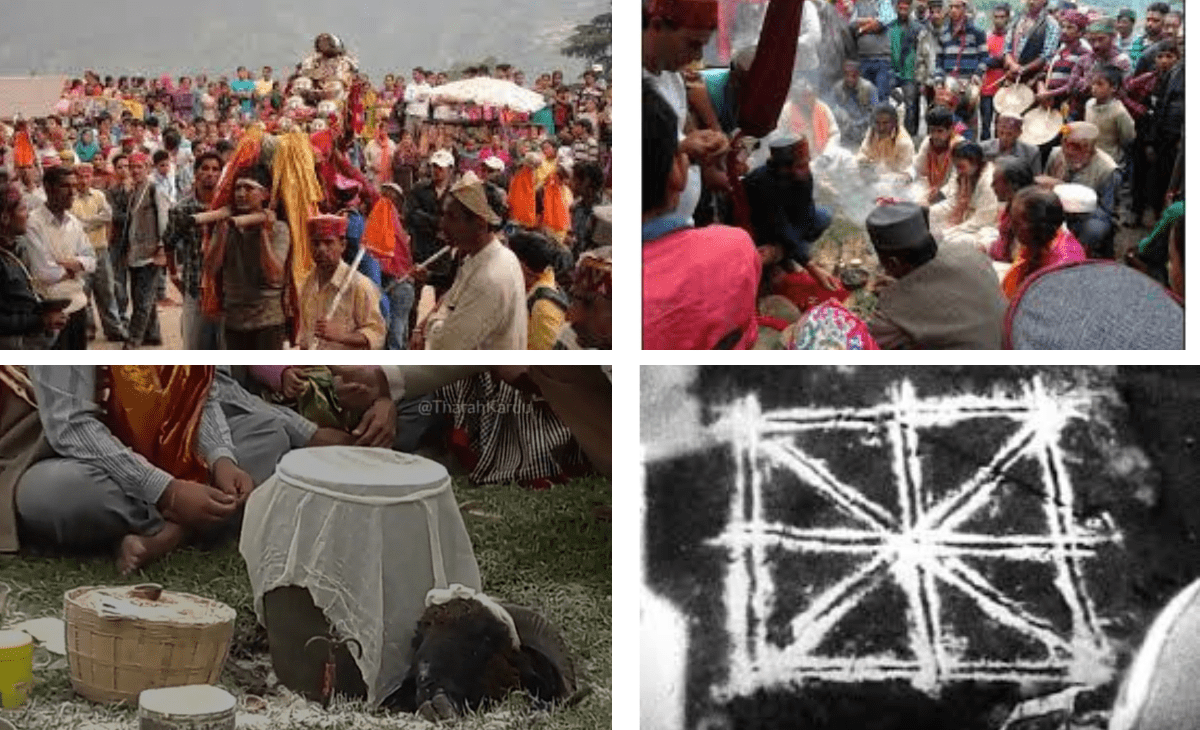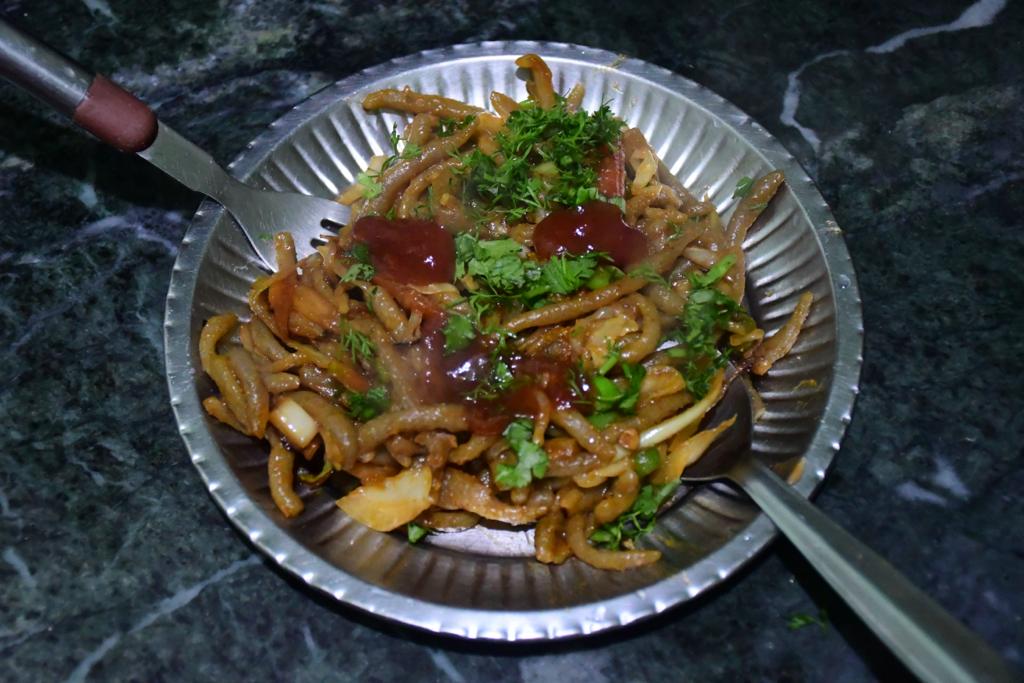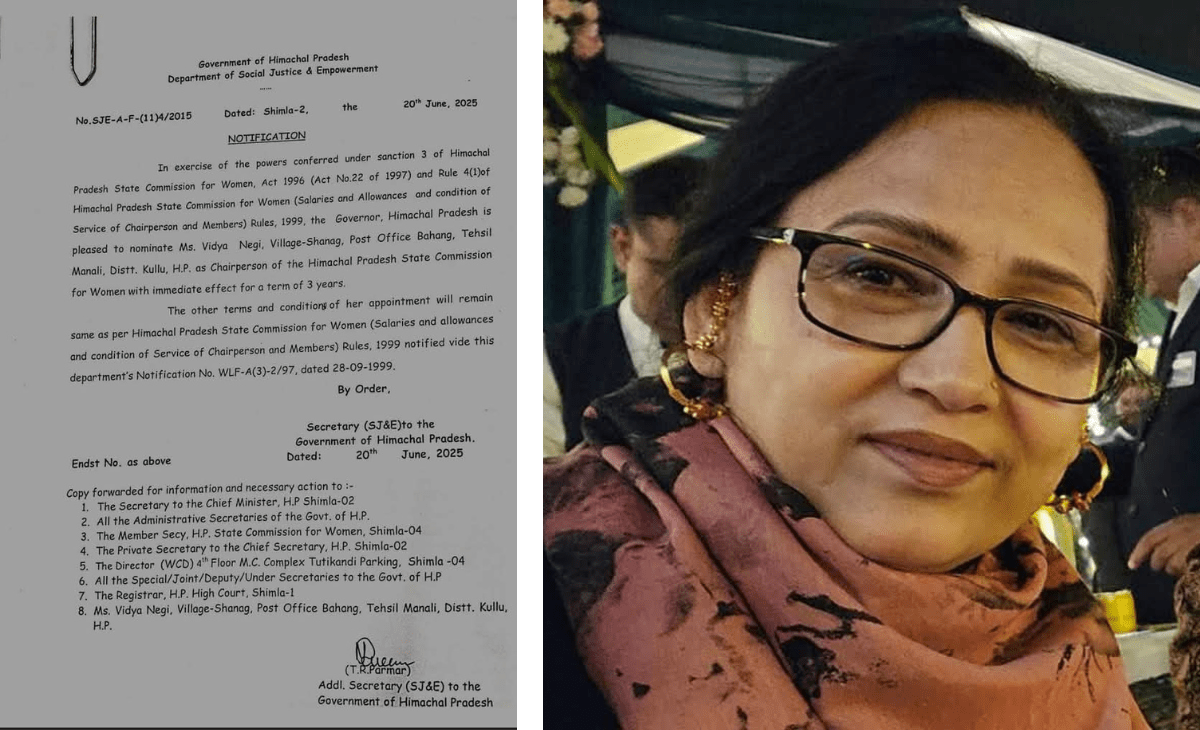Is dedicated to Lord Hurang Narayan, believed to be incarnation of Lord Krishna.
Divanshu Verma
Kahika is not just an ordinary festival. Celebrated every four years in the month of Shravana at Surahan village near Padhar in Mandi district, this unique tradition is deeply connected to the culture, purification and spiritual heritage of Himachal Pradesh. The event is held in the Ruhada region and is dedicated to Lord Hurang Narayan, believed to be an incarnation of Lord Krishna.
While the festival honours Hurang Narayan, the rituals take place at the temple of Lord Suter Dhari Brahma, seen as a form of Lord Brahma and worshipped as the king of the Ruhanda region. The main ritual performers of this sacred event are from the Narh community, recognised as an Other Backward Caste by the Himachal government. Around a thousand people from this community live across several villages in Mandi and Kullu districts.
The legend behind Kahika
The origin of the Kahika festival dates back to the Dwapar Yuga (the third era in Hindu mythology). It is believed that Lord Hurang Narayan once suffered from leprosy. He called upon divine spirits to heal him — these spirits belonged to the Narh community. They cured him, but informed the deity that the treatment would need to be repeated every four years.
To stop the spirits from returning to heaven, Lord Hurang Narayan made them touch a bone, which made them impure and bound them to earth. Since then, the Narh community has stayed behind and continues the ritual healing of the deity every four years during Kahika.
Three days of rituals and celebrations
Kahika is celebrated over three days, each with special meaning:
Day 1:
Lord Hurang Narayan travels 15 km on foot from his temple in Hurang village to Surahan, accompanied by priests and traditional instruments like drums and trumpets. He first visits an ancient dry well known as Narayan Khuh, where a sacred ritual called Dev Khel is performed by the Gur (priests who become possessed by the deity). Later, Lord Suter Dhari Brahma welcomes Hurang Narayan in the form of a Karandi (ritual container), and both deities’ ‘gurs’ perform Dev Khel in the temple courtyard.
By evening, the locals open their homes to all visitors, offering traditional Himachali dishes like babru, bhalla and patrodu. This open-door hospitality is a key part of the festival’s identity, showing the deep community spirit of the region.
Day 2:
Rituals begin early at 3 am with a ceremony called Murgan, followed by Chidra, a purification ritual. First, the Chidra of Lord Hurang Narayan is done, then the same is performed for the public, removing negative energies and sins.
Day 3:
The final day features the most powerful ritual. The main Narh of the community enters a trance, symbolising death and rebirth. He becomes unconscious, wrapped in white cloth, and carried through the village. He is later revived through the blessings of Lord Hurang Narayan, a spiritual act of renewal and connection between the divine and the earthly.
Preserving culture, boosting local economy
What makes Kahika truly special is the way the whole community comes together. There are no boundaries — anyone can enter any house, be treated as family and receive food and shelter. This reflects the heart of Himachali culture, where unity, warmth and devotion go hand in hand.
Kahika is more than a religious event. It preserves ancient traditions, promotes local heritage, and also helps the local economy. Many people travel from across the state to witness this rare event, supporting local food, artisans and tourism. At its core, Kahika is a celebration of life, faith and the power of togetherness, a fair where strangers become family and the divine walks among the people.
(The writer is a student of MBA-Tourism and hospitality management at HPTU, Hamirpur)





